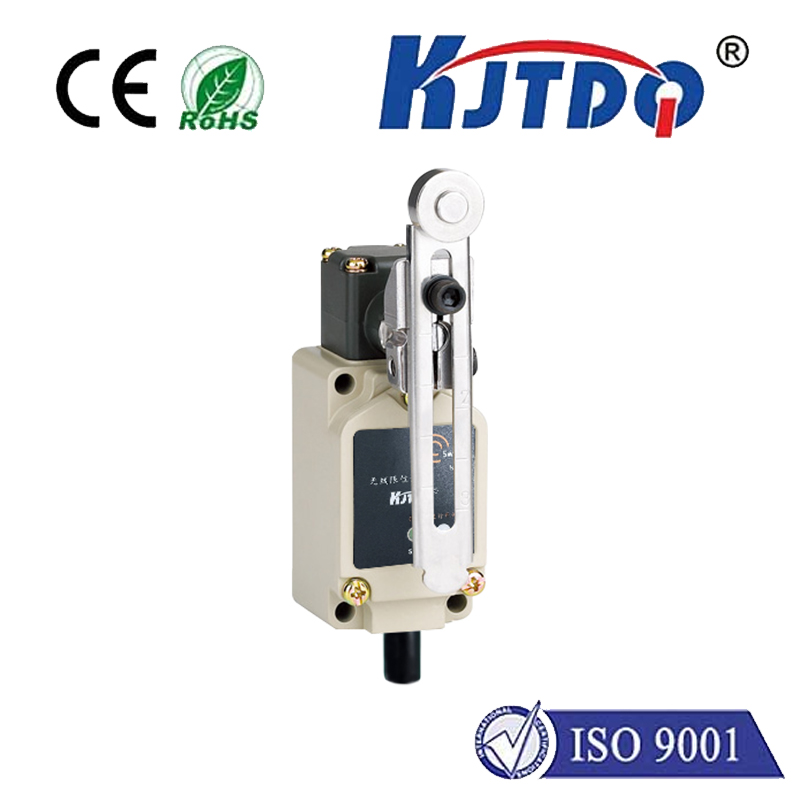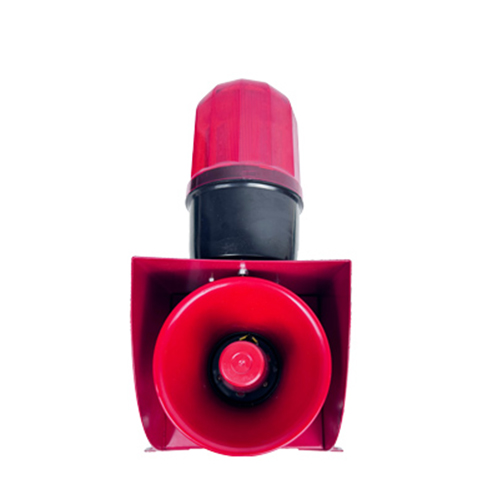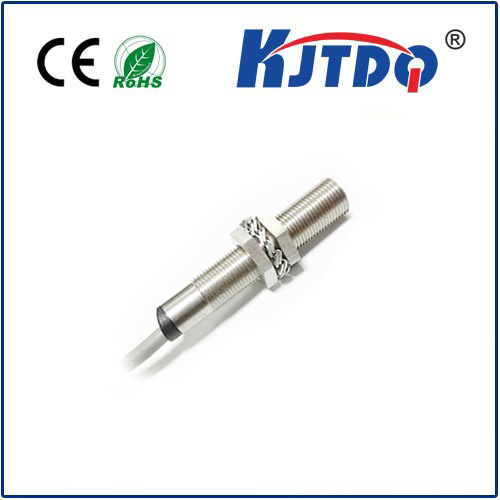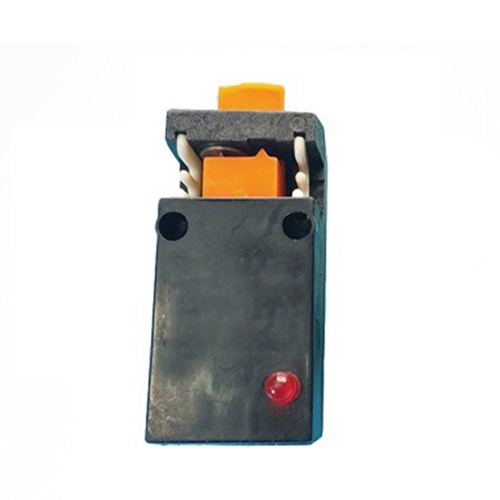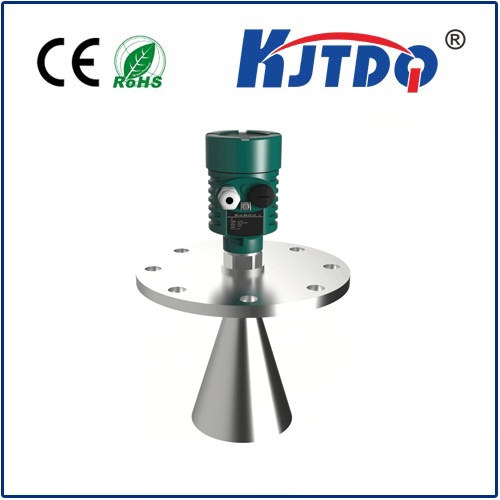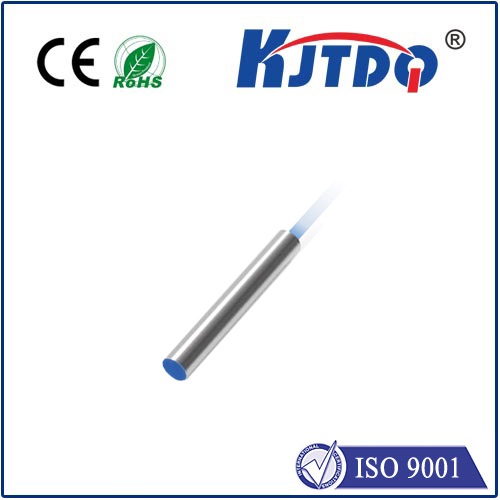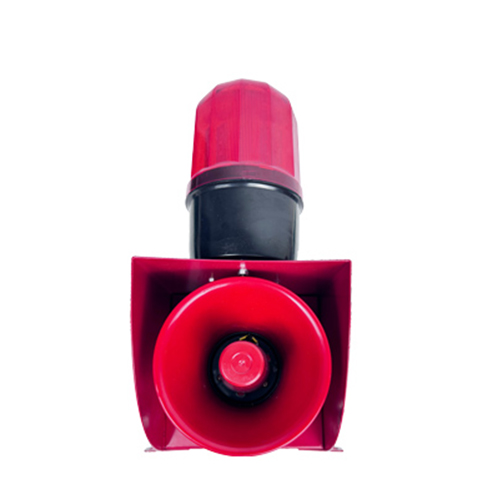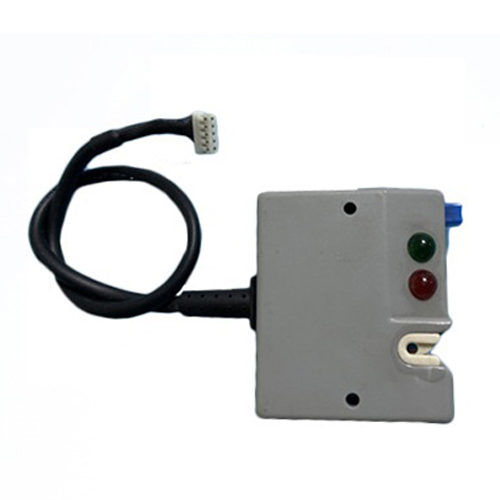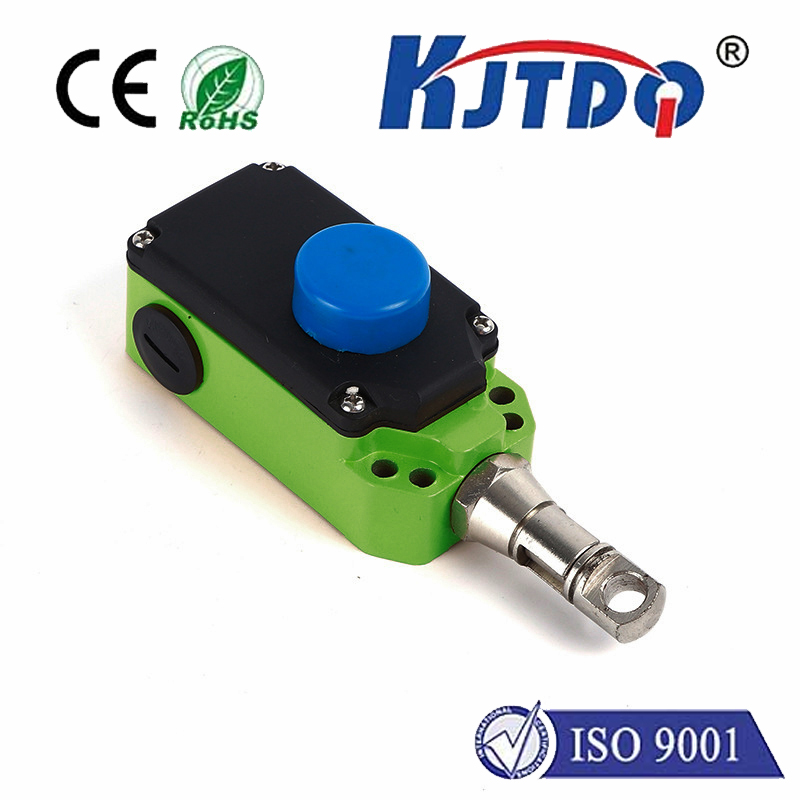

check

check

check

check

check

check

check

check

check

check
Imagine a world where machines detect objects instantly, without a single physical touch—reducing errors, enhancing safety, and boosting efficiency. That’s the everyday magic of non-contact proximity sensors. These powerful devices silently power countless modern technologies, from automated factory lines to sleek smartphones, by sensing nearby objects through innovative methods. Unlike traditional sensors that require contact, they operate wirelessly, using electromagnetic fields, light, or sound waves to identify presence, distance, or position. This non-intrusive approach not only minimizes wear and tear but also unlocks unprecedented precision in real-time applications. If you’re curious about how these sensors work or why they’re transforming industries, you’re in the right place. Let’s dive into the fascinating world of non-contact proximity sensing.
Non-contact proximity sensors are defined by their ability to detect objects without direct interaction. Instead of relying on physical touch, they employ various technologies to “see” or “feel” targets from a distance. The most common types include inductive sensors, which use magnetic fields for metal detection; capacitive sensors, ideal for non-metallic materials through electric fields; ultrasonic sensors, utilizing sound waves for range finding; and optical sensors, such as infrared or laser-based systems, for precise, light-based detection. Each type has unique principles: for instance, inductive sensors generate an oscillating field that distorts when metal enters the proximity, triggering a signal. Similarly, capacitive variants measure changes in capacitance caused by an object’s proximity. This versatility allows non-contact proximity sensors to adapt to diverse environments, from harsh industrial settings to everyday consumer gadgets. The key takeaway? They eliminate friction and contamination risks, making them indispensable in automated processes.

The applications of non-contact proximity sensors span a broad spectrum of industries, driven by their high reliability and adaptability. In industrial automation, they’re the backbone of assembly lines, where they monitor parts movement, prevent collisions, and ensure quality control without interrupting production. For example, in automotive manufacturing, inductive proximity sensors detect metal components on conveyor belts, enabling robots to weld or assemble with millimeter precision. Moving to consumer electronics, capacitive sensors in smartphones detect when your ear approaches the screen during calls, deactivating the display to save power—a feature many of us take for granted. Even in healthcare, ultrasonic proximity sensors aid in non-invasive medical devices, like touchless faucets in hospitals that reduce germ spread. Beyond these, the rise of smart homes and IoT devices has amplified demand; sensors in smart door locks or lighting systems respond to gestures, enhancing convenience and energy efficiency. This widespread use underscores their role in advancing sustainability and innovation, as they often replace bulkier, less efficient alternatives.
Why choose non-contact proximity sensors over contact-based types? The advantages are compelling and multifaceted. Firstly, they offer exceptional durability since the absence of physical interaction means no mechanical wear. This translates to longer lifespans and lower maintenance costs in high-traffic areas like warehouses or robotics. Secondly, they provide high-speed detection and accuracy; for instance, optical proximity sensors can sense objects in milliseconds, critical for time-sensitive operations in semiconductor fabrication. Additionally, they’re inherently safer, reducing hazards in environments where human contact is risky, such as high-voltage equipment or chemical plants. Consider this comparison: Contact sensors might jam or degrade over time, but non-contact variants maintain consistent performance, even in dusty or wet conditions, thanks to their sealed designs. Moreover, their ability to operate in extreme temperatures—some models handle ranges from -40°C to 85°C—makes them ideal for outdoor applications like weather monitoring systems. By integrating with modern tech like AI and wireless networks, these sensors become smarter, enabling predictive maintenance and data-driven insights that optimize whole ecosystems. Ultimately, this leads to significant cost savings and efficiency gains across sectors.
Looking ahead, the evolution of non-contact proximity sensors is intertwined with technological leaps. Innovations like miniaturization have led to tinier, more powerful sensors embedded in wearable devices, while IoT connectivity allows them to feed real-time data into cloud platforms for analytics. For example, in agriculture, sensors monitor crop growth without disturbing plants, using ultrasonic or optical methods to track health metrics. Similarly, automotive advancements include proximity sensors in autonomous vehicles that detect obstacles during parking, enhancing driver safety. Emerging trends also focus on energy efficiency; many modern sensors consume minimal power, supporting green initiatives in smart cities. As research pushes boundaries, hybrid systems combining inductive and capacitive elements are emerging, broadening detection capabilities. However, challenges remain, such as optimizing sensitivity to avoid false triggers in cluttered settings. Despite this, the trajectory is clear: non-contact proximity sensors are paving the way for a more automated, responsive world, where their silent vigilance keeps systems running smoothly and intuitively.
